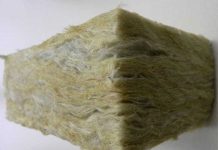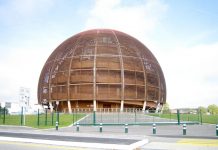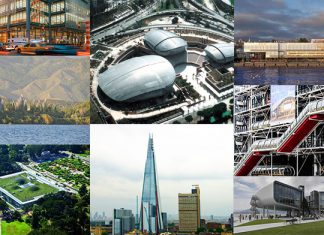Expanded polystyrene foam (EPS) is a lightweight, closed-cell and versatile building material that has considerable popularity in the thermal insulation field. EPS provides a safe zone against temperature fluctuations for interior spaces and building materials.
Although this material has many usage areas, it is commonly used as insulation material in roofs, walls and floors. Having features like a lightweight nature, reducing heat transfer and cost-effectiveness, it’s an excellent choice for insulation purposes.
Moreover, expanded polystyrene foam offers design flexibility, which means products in different shapes and sizes. However, there are also some disadvantages and environmental concerns surrounding EPS. And we will talk about it later.
In conclusion, expanded polystyrene foam is a thermal insulation product with additional properties such as lightweight and moisture resistance. We will focus on the manufacturing process, advantages and disadvantages of EPS, its use cases as well as safety considerations.
Manufacturing Process of EPS Foam
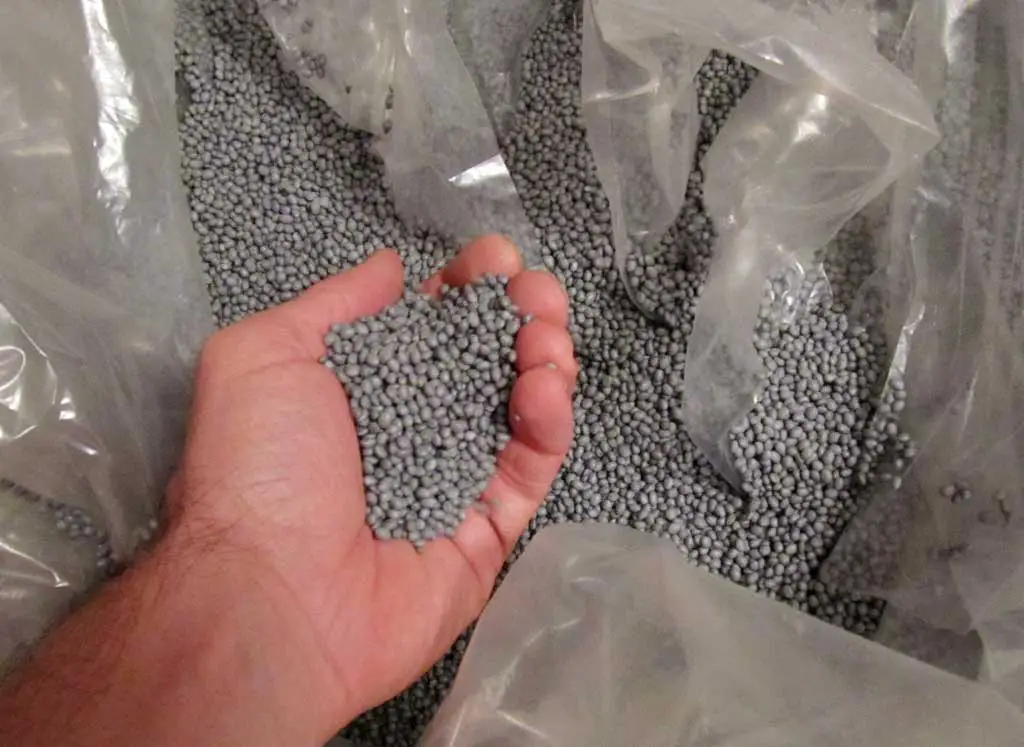
EPS is a closed-pore thermoplastic insulation material that is produced in a factory environment after some chemical processes. Basically, polystyrene beads are inflated with pentane gas, heated and aged.
In this process, these beads establish a strong bond with each other, ensuring a surface that provides low thermal conductivity. There are many small pores on that surface formed by the result of using pentane. Because, pentane is a gas that is replaced by air during the production of EPS.
As a result, the porous structure of the expanded polystyrene contains nearly 98% air and 2% polystyrene. The outcome product is an EPS thermal insulation material that is produced by bonding hexagonal particles with each other.
You should bear in mind that the higher density of a polystyrene block means higher heat resistance and greater durability.
Properties of EPS Foam Thermal Insulation Material
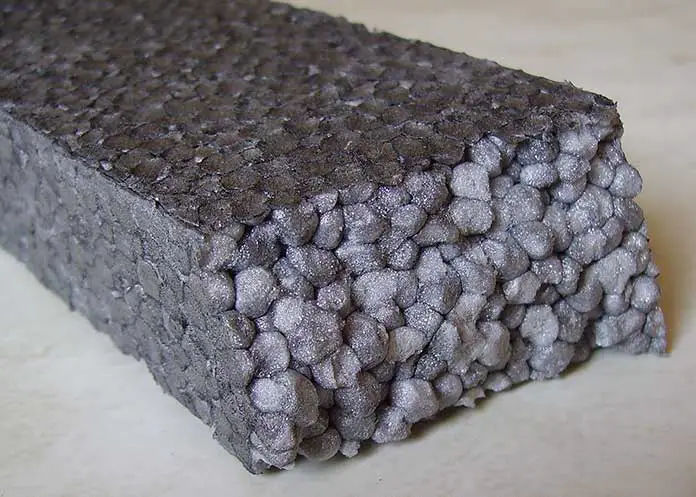
Expanded polystyrene insulation material has unique properties that make it a versatile product in the construction industry. Let’s take a closer look at its benefits and key characteristics.
The first and most important aspect of EPS is its thermal insulation properties. The thermal conductivity coefficient of EPS is between λ = 0.035 and 0.040 w / mK. Trapped air within the foam cells acts as a barrier to heat transfer, making EPS an efficient insulating material.
According to its standards, this product is produced at a density of 15-30 kg / m3. This lightweight nature makes it easy to apply and transport. Providing products in different shapes and sizes with the help of CNC technology is another physical benefit of EPS.
It is cheaper compared to other thermal insulation materials such as XPS and stone wool. One of the main reasons why EPS foam boards are cheaper than other insulation materials is the high rate of air it contains. Air is a good and cheap layer for thermal insulation.
EPS has a high bending resistance. The properties of EPS such as thermal insulation, thermal conductivity and shock absorbency do not change during its lifetime.
Despite its soft surface, EPS has properties like shock-absorptivity and flexibility. Thus, it’s a considerable material used in the packaging industry.
Its incombustibility class is B1. This indicates that it can be easily melted with an acid-containing liquid or with fire. However, EPS foam is a non-flammable material although it melts easily.
Lastly, it’s a recyclable and non-toxic material.
In the next section, we’ll talk about the potential disadvantages and environmental concerns on EPS.
Disadvantages and Environmental Concerns
While expanded polystyrene foam (EPS) offers many advantages, it’s important to note that there are also some potential disadvantages and environmental concerns associated with its use. Now, let’s examine these negative aspects to have a balanced understanding of EPS.
One of the primary concerns with EPS is that it is a non-biodegradable product. Once discarded, EPS takes a really long time to decompose in nature.
For this reason, improper disposal of EPS waste can lead to environmental pollution and littering. It’s important to manage and recycle EPS waste properly to mitigate its long-term impact on the environment.
Due to its environmental concerns, some regions and countries have implemented regulations and restrictions on its usage and disposal.
These regulations aim to minimize the negative impact of EPS on the environmental health, biological ecosystems and waste management systems. So, it’s crucial to stay informed about local regulations when using EPS.
By understanding the potential disadvantages and environmental concerns, we can make better decisions about the use of EPS and explore ways to minimize its impact.
If you find these concerns proper, you may think about alternatives to EPS for your next project. The most known of these alternatives are stone wool and extruded polystyrene insulation.
Common Uses of Expanded Polystyrene Foam

Expanded polystyrene foam board insulation finds utilization in a variety of industries due to its unique properties. Let’s explore some of these common uses of EPS and how it contributes to different sectors.
1. Packaging and Shipping Industry
EPS is extensively used in the packaging and shipping industry. It can protect fragile items during transportation thanks to its shock-absorbing properties. This means it reduces the risk of damage during handling and transit.
Additionally, providing insulation properties, EPS ensures temperature-sensitive goods maintain their desired conditions throughout the transportation.
2. Building and Construction Sector
Expanded polystyrene plays a crucial role in the building and construction industry. The primary reason for that is the excellent thermal insulation properties of the material.
It is mostly used as the main insulation solution in roofs, floors and walls in order to minimize heat transfer and keep spaces thermal-stable. By doing this, it enhances the energy efficiency of constructions.
The lightweight of the material is also a significant reason why it is widely accepted in the construction industry. Its physical properties ensure simple installation and low structural load.
3. Food Industry
The food industry is another sector that utilizes EPS for packaging and storage purposes. It is an ideal choice for preserving the freshness and quality of food products thanks to its moisture resistance properties.
EPS containers and trays help maintain temperature control and protect against external factors. By this means, foods remain safe and intact during transportation and storage.
4. Other Applications
Expanded Polystyrene insulation material finds application areas in various other sectors as well. It is used in the production of disposable food service items like cups, forks and plates.
EPS is also preferred in the production of protective packaging inserts for electronics, appliances and automotive parts. Furthermore, it serves as a core material in composite panels for insulation, soundproofing and lightweight construction purposes.
Conclusion
In conclusion, we’ve explored the expanded polystyrene foam (EPS) in this article. After researching its properties, we have clearly seen that EPS has amazing insulation capabilities against heat transfer and provides moisture resistance besides other advantages.
However, we found that there are also some possible disadvantages of using this product. Because there are some environmental concerns that you may want to consider.
After those benefits and negative aspects, we talked about the common uses of EPS in various industries such as transportation, packaging, construction and food.
We hope this guide has provided you with valuable insights into expanded polystyrene foam (EPS). Understanding these properties, advantages, disadvantages and use areas, you will consider wider information when choosing the right product for insulation.
Thank you for joining us on this journey. We look forward to sharing more valuable content with you in the future.
FAQ About EPS Foam
A: Expanded polystyrene is a lightweight foam material that is manufactured by expanding polystyrene beads with steam, resulting in a cellular structure.
A: EPS has excellent properties such as thermal insulation, lightweight and durable nature, buoyant as well as high strength-to-weight ratio.
A: EPS is commonly used in the packaging and shipping industry as well as construction for insulation purposes. The food sector is another field that EPS is used.
A: Yes, it is recyclable. It can be re-used to create new products. Recycling helps to reduce waste and promotes a circular economy.
A: Yes, EPS has some environmental concerns. It is non-biodegradable and takes a long time to break down naturally. In this regard, proper disposal and recycling of EPS waste are important to minimize its environmental impact.
A: Yes, it is safe to use when handled properly. It is non-toxic and inert. Also doesn’t pose health risks during normal use. However, it is important to follow safety guidelines and local regulations.
A: Yes, it can be used in outdoor applications. It is resistant to moisture and can withstand various weather conditions. However, prolonged exposure to sunlight may cause some degradation over time.
A: It has excellent thermal insulation properties, helping to reduce heat transfer. By minimizing heat loss or gain, EPS contributes to energy efficiency and can lower heating and cooling costs.



